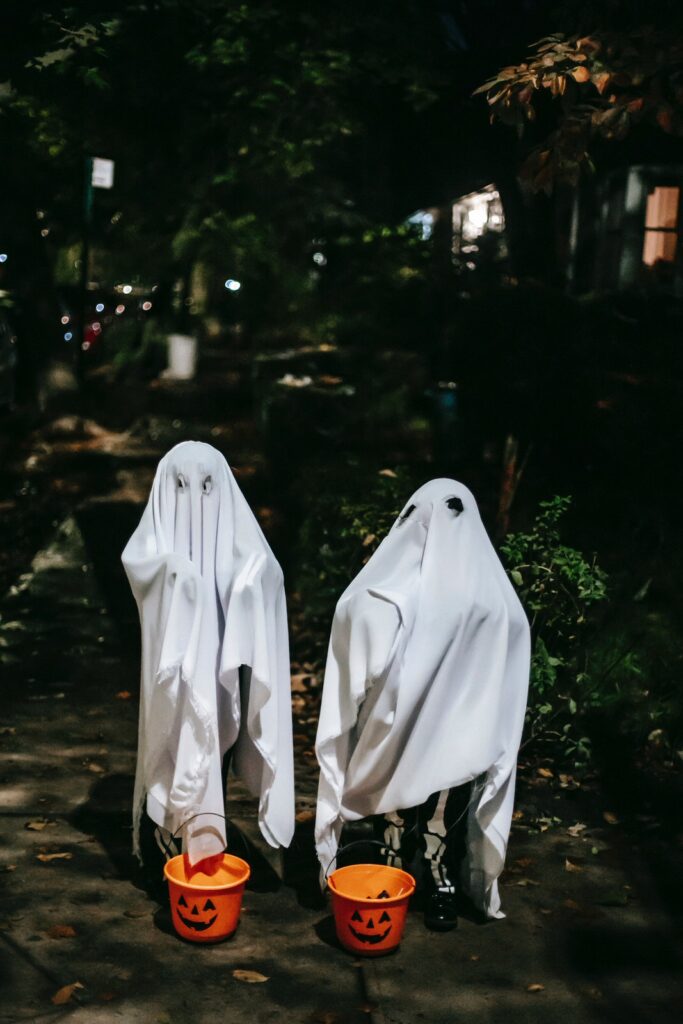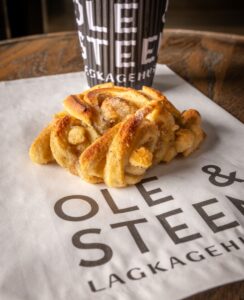Halloween 2021: ghosts and ghouls resume (nearly) normal service

Last year, with different parts of the country under different lockdown rules, the idea of celebrating Halloween seemed an impossibility. While most restrictions have now been lifted, many families will still prefer to keep their distance. Catherine Lynch of education experts PlanBee says you can have loads of fun while taking sensible precautions
Let’s think positive: this year’s Halloween celebrations will be far closer to what we’ve been used to before the pandemic. But with case numbers rising, and very high contagion rates in schools, many parents may feel uncomfortable at the prospect of small hands dipping into multiple bowls of communal sweets and other activities which call for large groups of children in close proximity.
A sensible happy compromise is to incorporate some of the activities devised during lockdown in your celebrations. Your children can enjoy dressing up, a walk after dark and trick or treating while observing a measure of social distancing and keeping you and your neighbours safe.
Many communities are organising a Halloween trail for their young trick-or-treaters. Instead of knocking door to door, why not take your children on a trail, too? If you would like to take part in a Halloween trail, or organise one yourself, you could put this spooky picture from PlanBee in your window.
Parents can scan the QR code in the picture to receive a free Halloween activity pack with colouring sheets, puzzles and activities.
Take your children on walks around your local area and see how many Halloween pictures you can spot. You could give your child the chance to pick a treat from your own selection each time they spot a picture on the Halloween treasure hunt.
And while you’re at it, this short guide to the history of Halloween will ensure you can answer any questions your youngsters might have about the origins of this popular autumn celebration.
• It all started with Samhain, an ancient Celtic pagan religious festival that marks the end of the harvest and the start of winter. The celebrations included lighting bonfires and wearing costumes to ward off ghosts. This festival is thought to date back to Neolithic times, pre 2500 BC.
• In the eighth century, Pope Gregory III decided 1st November should be a time to honour all saints. The evening before All Saints Day was known as All Hallows’ Eve, and later Halloween. All Hallows’ Eve, is a Christian religious observance that includes going to church and lighting candles on the graves of the dead. Traditionally, Christians didn’t eat meat on this day and Potato Pancakes were a popular choice of food.
• Over time, Halloween became the more commercial and secular celebration we have today that includes trick-or-treating, carving pumpkins, wearing costumes and eating treats.




